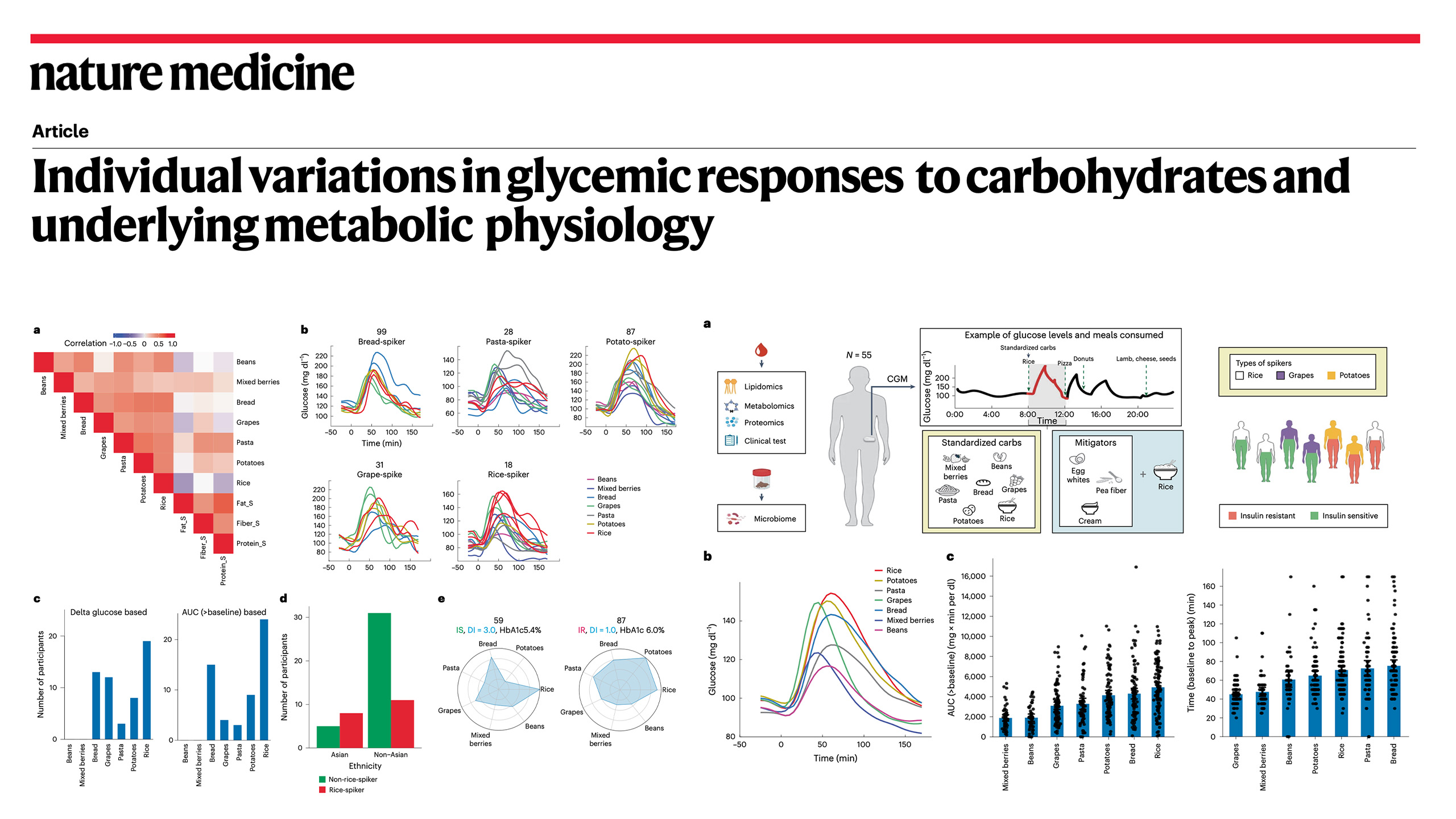The
Daily
Fix
For time:
Red Wine and Bone Broth Braised Short Ribs
Individual variations in glycemic responses to carbohydrates and underlying metabolic physiology

Run 1 mile
25 bodyweight power cleans
Run 1 mile
Beef short ribs slow-braised in red wine, bone broth, and aromatics for a rich meal.
Continuous glucose monitoring reveals metabolic subtypes linked to food-specific blood sugar spikes
Additionally, practice planks for 15 minutes.
Post time and bodyweight to comments.
Ingredients
1½ lbs beef short ribs (bone-in)
Salt and pepper, to taste
1 Tbsp butter or ghee (for searing)
¼ cup red onion, chopped
2 cloves garlic, minced
1 cup dry red wine (no added sugar)
1½ cups beef bone broth (homemade or no additive store-bought)
1 sprig fresh rosemary
2 sprigs fresh thyme
½ tsp smoked paprika
1 Tbsp apple cider vinegar (optional, for balance)
1 Tbsp fresh parsley, chopped
Drizzle of olive oil (finishing only)
Macronutrients
Protein: 145g
Fat: 145g
Carbs: 8g
Preparation
Pat ribs dry and season all sides generously with salt and pepper. In a Dutch oven or deep oven-safe pot, melt butter or ghee over medium-high heat. Sear the ribs 2–3 minutes per side until browned. Remove and set aside.
In the same pot, reduce heat to medium and add onions. Cook for 3–4 minutes until softened. Add garlic and smoked paprika and cook for another 30 seconds.
Pour in red wine to deglaze the pan, scraping up the browned bits. Simmer for 5 minutes to reduce slightly. Add bone broth, apple cider vinegar (if using), rosemary, and thyme. Return the ribs to the pot, making sure they’re mostly submerged in liquid.
Cover tightly and transfer to a 300°F (150°C) oven. Braise for 2½ to 3 hours, or until the meat is fork-tender and falling off the bone.
Remove ribs and herbs from the pot. Simmer braising liquid on the stovetop if needed to thicken slightly. Plate ribs with a ladle of reduced sauce, fresh parsley, and a finishing drizzle of olive oil.
A Stanford-led Nature Medicine study used continuous glucose monitoring in 55 participants to uncover striking individual differences in post-meal blood sugar responses (PPGRs) to seven standardized carbohydrate foods. Although rice caused the highest average glucose spikes, each person’s strongest response varied — some were “potato-spikers,” “bread-spikers,” or “grape-spikers.” Those who spiked most to potatoes tended to be insulin resistant with poorer beta-cell function, while grape-spikers were insulin sensitive. Preloading rice meals with fat, protein, or fiber reduced spikes modestly overall, but only in insulin-sensitive individuals. Multi-omics profiling linked these glycemic patterns to specific lipids, metabolites, and gut microbiome signatures. The study shows that individualized blood sugar responses reflect underlying metabolic physiology, suggesting that personalized dietary guidance may better prevent type 2 diabetes and cardiovascular disease than fixed glycemic index measures.
COMMENTS
Half mile treadmill runs and 185# squat machine (hotel gym constraints)
21:00
80kg
Bike
BW 133
Barbell 115#

92.5 kgs bw and on the bar
Mile done in 11:48 an 10:58